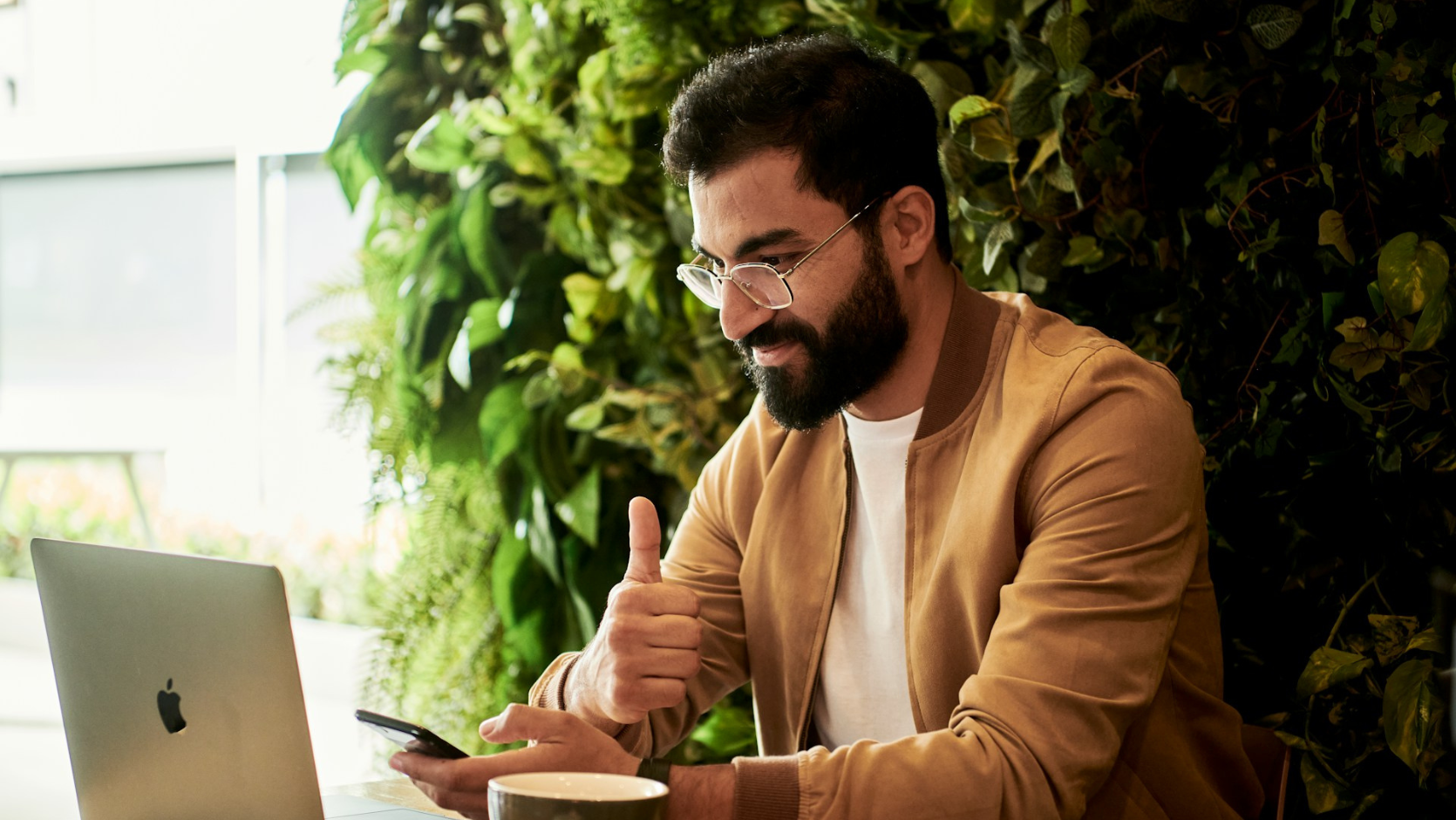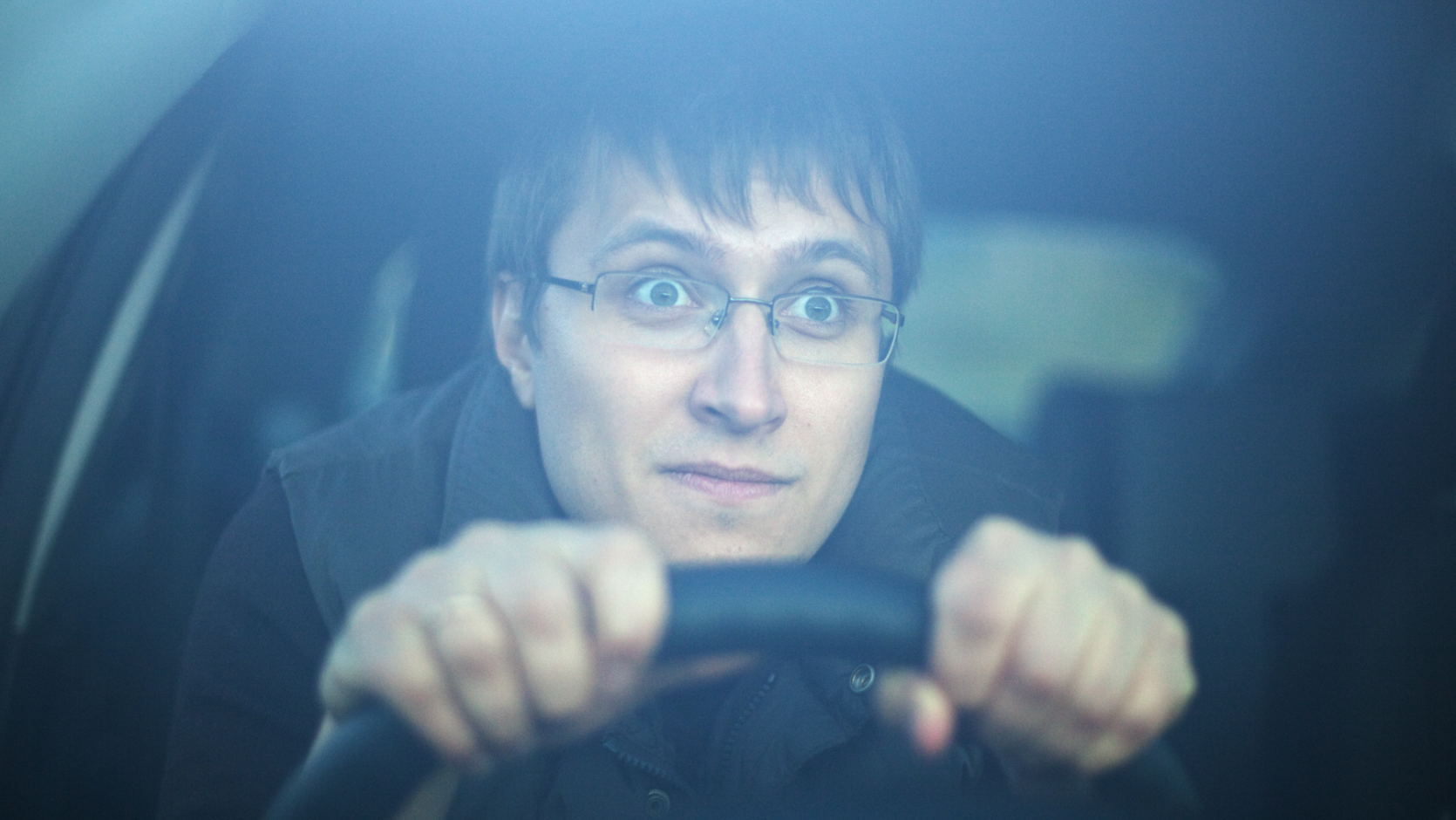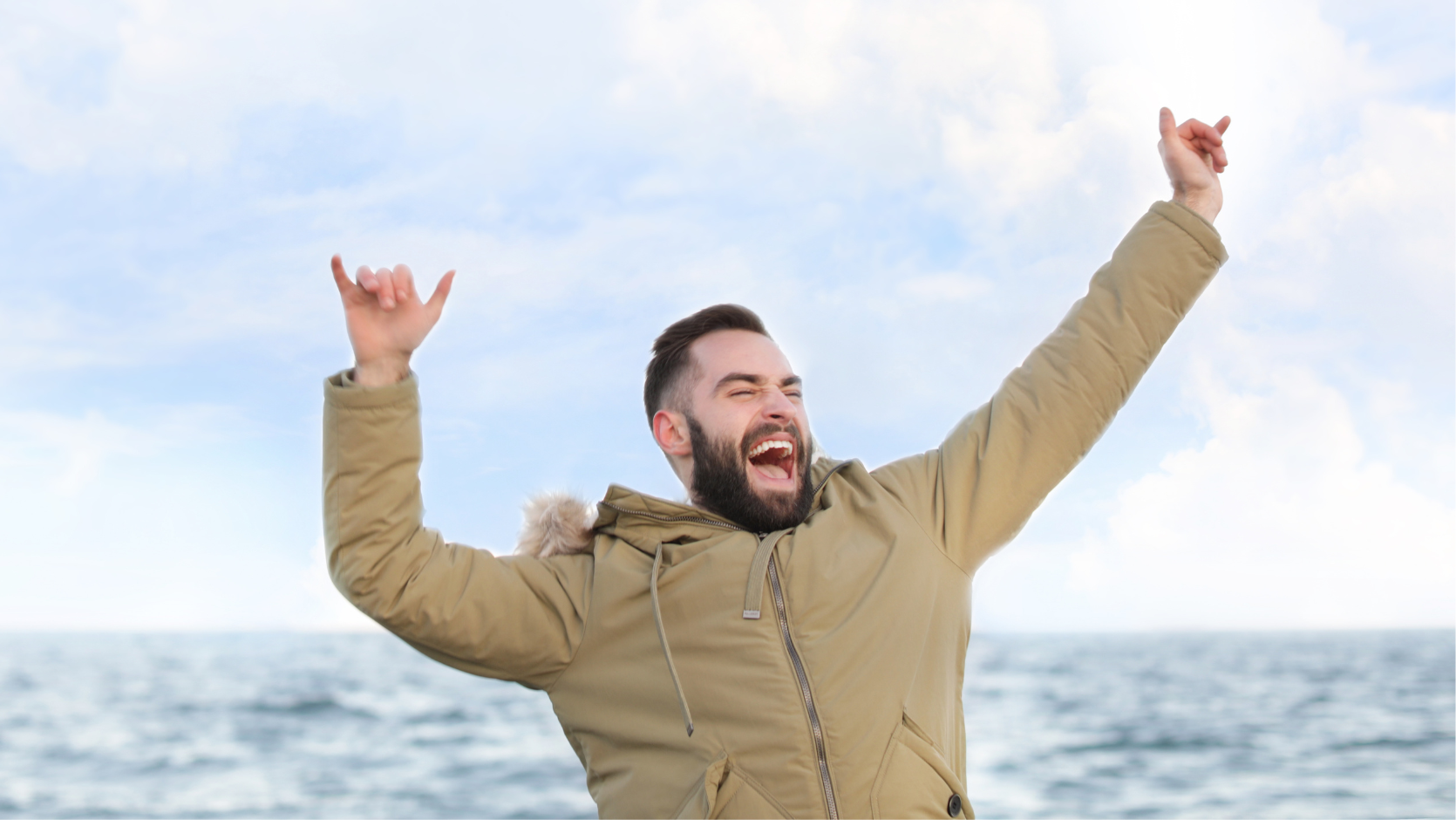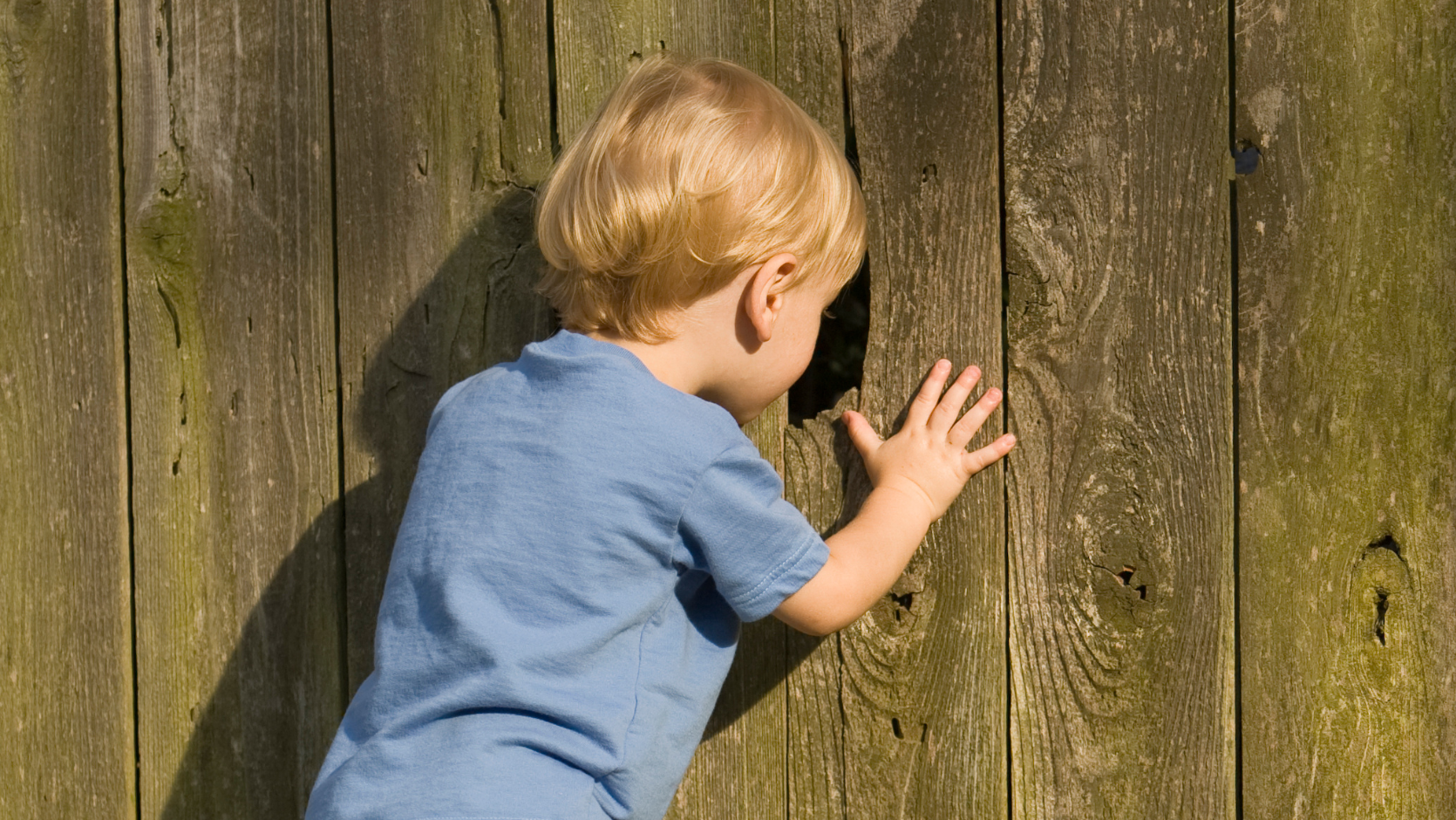The Facts
Skier and ski instructor collide on ski field
In August 2014, a ski instructor employed at a NSW ski resort collided with another skier on the ski field.
Although the ski instructor was not instructing this particular skier, he was acting in the course of his employment.
Both the skier and the ski instructor were competent and experienced skiers, but neither saw the other until the moment before the collision.
Skier injured in collision
The skier suffered injuries to her right hand, left shoulder and left knee.
The injury to her right hand was the most serious of the three, involving a fracture that entailed ligament damage and required surgery for the insertion of hardware.
The skier, who was a hairdresser, was severely impaired in her ability to use both arms.
Skier sues ski instructor’s employer for negligence
The skier sued the ski resort that employed the ski instructor, alleging that the collision was caused by the ski instructor’s negligence and that the ski resort was vicariously liable.
The ski resort accepted that if the ski instructor was negligent, then it was vicariously liable for that negligence.
However, the ski resort argued that because the skier had caused the collision, there was no negligence.
It also argued that even if the ski instructor was negligent, the resort was not liable, because it had the benefit of a statutory defence under the NSW Civil Liability Act 2002 (“the Act”).














Expert commentary on the court's decision
Court finds in favour of ski resort
In Castle v Perisher Blue Pty Limited [2020] NSWSC 1652, the court found in favour of the ski resort, Perisher Blue.
The court agreed that the ski instructor, Mr Thoms, was negligent in causing injuries to the skier, Ms Castle, and that there was no contributory negligence on Ms Castle’s part.
The court nevertheless dismissed Ms Castle’s claim for compensation on the basis that skiing is a dangerous recreational activity involving obvious risks.
Conflicting stories regarding the accident
The court noted that no photos were taken of the scene on the day of the accident. Nor was there a possibility of experts examining the scene after the event and drawing conclusions as to the point of collision.
Further, the accounts of plaintiff and defence witnesses greatly differed.
Ms Castle and the friend she was skiing with testified that Ms Castle was skiing in an open space when Mr Thoms, who was skiing very quickly and looking back over his right shoulder, collided with her.
Mr Thoms was adamant that Ms Castle emerged from the trees and skied into him. He also refuted that he would have been looking behind him at his client, as this was not his usual practice.
Court finds ski instructor negligent, favouring skier’s version of events
The court accepted Ms Castle’s evidence that when the collision occurred, she was skiing in an open space, not emerging from the trees.
The court also said that although it accepted that Mr Thoms considered that he would not have normally looked behind him, the fact was that an eyewitness had said he did.
The court therefore concluded that Mr Thoms caused the accident when he turned “around at the place in which he did and at the speed at which he was skiing and in circumstances of just coming out of a rollover, he failed to exercise reasonable care in all of the circumstances.”
Ski resort argues “obvious risk of dangerous recreational activity” defence under section 5L of Civil Liability Act
Despite the conclusion that Mr Thoms was negligent, the provisions of the Act mean that his negligence was not the only factor in determining whether Ms Castle was entitled to compensation.
The ski resort argued that it had a defence against liability for negligence under section 5L of the Act.
Section 5L says there is no liability for harm suffered as a result of the materialisation of an obvious risk of a dangerous recreational activity.
Skiing is a dangerous recreational activity
Section 5K defines a dangerous recreational activity as one that involves a significant risk of harm.
The court concluded that in assessing whether skiing is a dangerous recreational activity, it was necessary to consider not only the likelihood of injury materialising, but also the nature and extent of the likely potential injury.
In the court’s view, even though the rate of collision per skier might be low, the potential harm is high, making skiing a dangerous recreational activity.
Harm suffered by skier is result of materialisation of obvious risk of skiing
Section 5F defines an obvious risk as a risk that, in the circumstances, would have been obvious to a reasonable person in the position of the person harmed.
Ms Castle argued that the relevant risk was the risk of an experienced and competent skier colliding with a ski instructor, and that this risk would not have been obvious to a reasonable person in her position.
Perisher Blue countered that the risk should be seen as the more general risk of a collision between two skiers. Even allowing for Ms Castle’s personal circumstances as a very confident skier, it would have been obvious to a reasonable person in her position that there might be a collision with another skier.
The court rejected Ms Castle’s argument that it was necessary to consider the personal characteristics of the person with whom she collided, favouring Perisher Blue’s argument.
Significantly, under section 5F, a risk of something occurring can still be an obvious risk, even if the probability of it occurring is low.
Ski resort has defence under section 5L of Civil Liability Act
The court concluded that the harm suffered by Ms Castle was a result of the materialisation of an obvious risk of a dangerous recreational activity engaged in by her.
As such, Perisher Blue had a defence to the claim of negligence and was not liable for the harm suffered by Ms Castle.
Ski resort argues additional defence under section 5M of Civil Liability Act
The ski resort also argued that it had a defence under section 5M of the Act.
Under that section, a defendant does not owe a duty of care to another person who engages in a recreational activity if the risk was the subject of a risk warning to that person.
Perisher Blue argued that the terms and conditions of Ms Castle’s lift ticket included a risk warning.
The court found that the warning in the lift ticket’s terms and conditions was not a risk warning within the meaning of section 5M. In particular, the warning was too general. It merely identified that there are risks associated with skiing, without identifying any particular risks.
Even so, this did not assist Ms Castle, since the ski resort could still rely on the defence under section 5L.
Skier unsuccessfully seeks to rely on consumer law guarantee
Perisher Blue also sought to rely on an exclusion of lability clause contained in its booking terms and conditions.
Ms Castle argued that the exclusion of liability clause was void, since it could not oust the consumer law guarantee under Section 60 of the Australian Consumer Law.
Section 60 states that “If a person supplies… services to a consumer, there is a guarantee that the services will be rendered with due care and skill.”
The court rejected Ms Castle’s argument on the basis that she had failed to identify what aspect of the services provided her were rendered without due care and skill.
The court also noted that even if Ms Castle had been successful in her section 60 argument, it would not have assisted her.
This was because even if there was a failure to comply with the guarantee under section 60, that failure would not defeat Perisher Blue’s defence under section 5L of the Civil Liability Act.
In a final blow to Ms Castle, the court concluded that had she been successful in proving that Perisher Blue was liable, it would have awarded her $651,801.17.
Proving negligence does not always result in right to compensation
This case emphasises the importance of thorough analyses of the application of legislative provisions.
Here, despite there being proven negligence, the legislative provisions relating to the nature of the activity and the risks involved resulted in Ms Castle having no right to compensation.
Critical to gather tangible evidence as soon as possible following an accident
This case is also a reminder of the difficulties that can be created by heavy reliance on eye witnesses, who can have contradictory and competing testimony, as well as memories that naturally fade over time.
In this case, the court also made a specific comment stating that the evidence of the experts was of little use.
The value of taking written statements, videos and photographs immediately following an accident, and completing investigations urgently, cannot be overstated. Such evidence can be the critical factor in the court accepting one version of events over another.